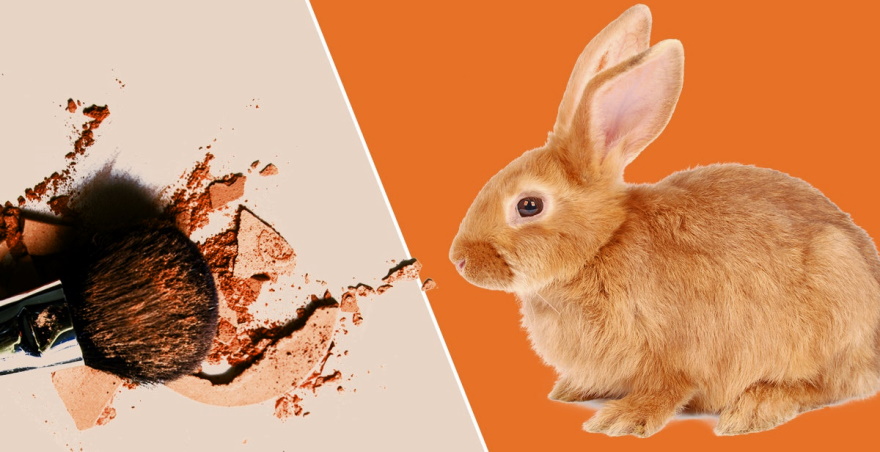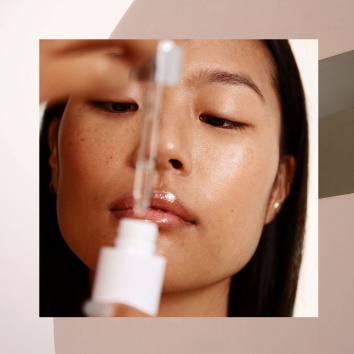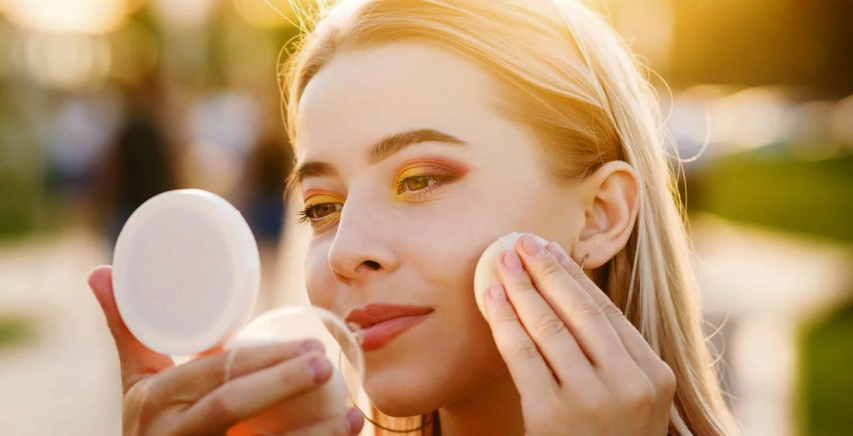
Animal testing is a process of experimentation on non-human animals to test the safety and/or efficacy of products such as makeup, household cleaners, pharmaceuticals, and others. The FDA requires all cosmetic products to be tested for toxicity by both companies and independent laboratories before being sold. Unfortunately, this often leads brands to hire third parties that engage in animal testing because it’s cheaper than other methods. It’s time we end our support for those who still use these cruel practices. Luckily there are many cruelty-free alternatives you can choose from instead.
Uses of animal fats in the cosmetic industry
 The first step to ensuring you are not using products with animal ingredients is knowing what they look like on the label. Here are some common examples of ingredients that come from animals. Of course, not all these ingredients will be in your makeup, but it’s helpful to know them just in case. Pigments: Carmine (CI 75470), Cochineal/Carmine (E120) or by its scientific name Dactylopius coccus Costa – Insects found primarily in Peru and Mexico; this ingredient can also be labeled as Natural Red 4, C.I.75470, E120; Animal-derived colorants such as bone char, glycerin, tallow or animal hair.
The first step to ensuring you are not using products with animal ingredients is knowing what they look like on the label. Here are some common examples of ingredients that come from animals. Of course, not all these ingredients will be in your makeup, but it’s helpful to know them just in case. Pigments: Carmine (CI 75470), Cochineal/Carmine (E120) or by its scientific name Dactylopius coccus Costa – Insects found primarily in Peru and Mexico; this ingredient can also be labeled as Natural Red 4, C.I.75470, E120; Animal-derived colorants such as bone char, glycerin, tallow or animal hair.
The first time I came across the term “animal-testing” was in a children’s book, explaining how animals are tested to test the safety of products. It was scary as a child because it sounded so cruel and unnecessary. However, as an adult, I learned that animal testing is still prevalent today for many reasons that have nothing to do with being cruel or unnecessary. These days, many companies have committed themselves to not conducting animal tests on their ingredients or finished products; however, some companies are still not aware of what they might be using and where it comes from (or don’t care).

Animal cosmetic ingredients are still used
There are many ingredients in makeup that you may not know about. Some of the most common animal-derived ingredients include carmine, which is made from beetles; glycerin or glycerol, which can be derived from animal fat; and lanolin oil, sometimes called wool wax, is extracted by washing sheep’s wool with chemicals. There are also some less obvious animal components to look out for, including squalene (shark liver oil), beeswax, gelatin (made from boiling skin, tendons, and ligaments of animals), and cochineal extract (red coloring made from crushed bugs).
If you are trying to go green in your beauty routine, then reading the makeup ingredients that you are using is an excellent place to start. Unfortunately, not everything is listed on the label, and some animal-derived ingredients can be found in many popular products. With this guide, you will know what to look out for animal-based ingredients in makeup.
